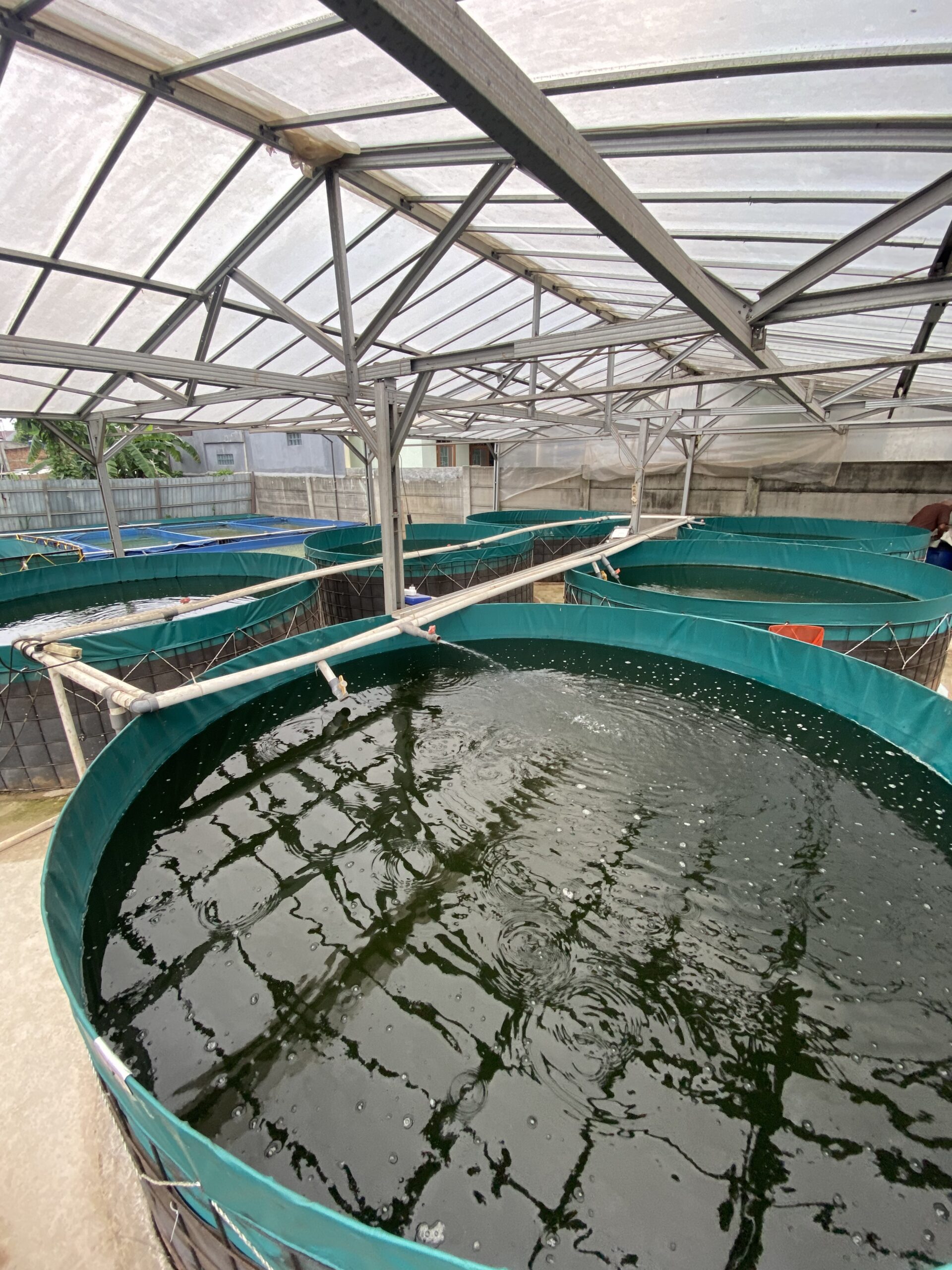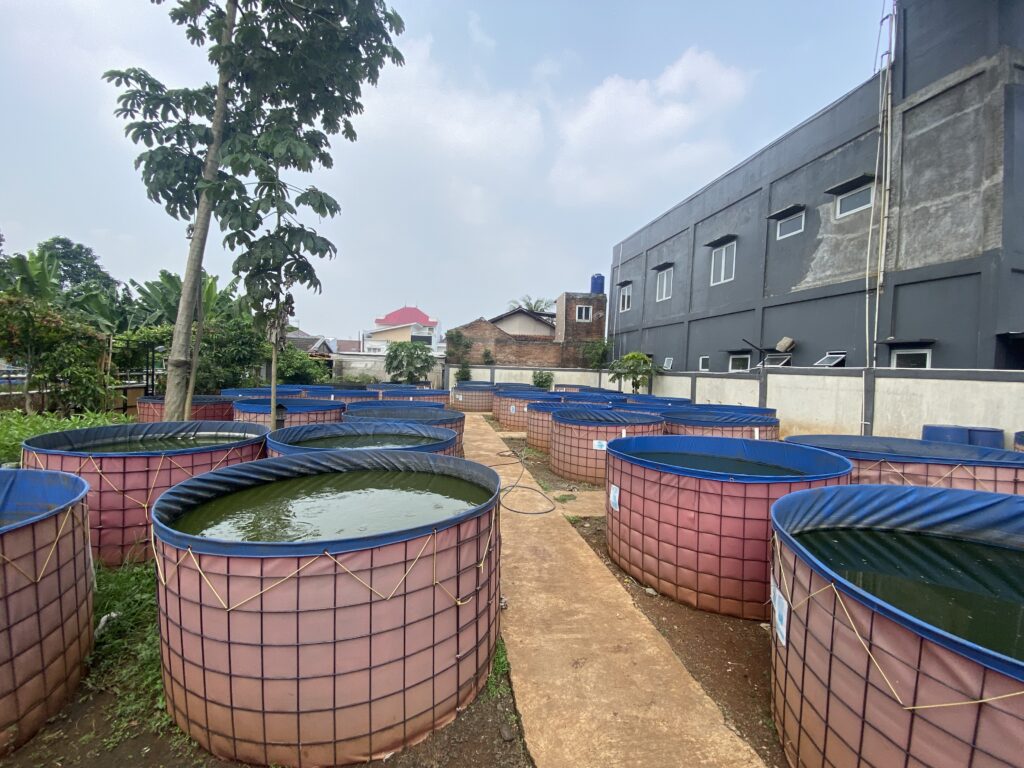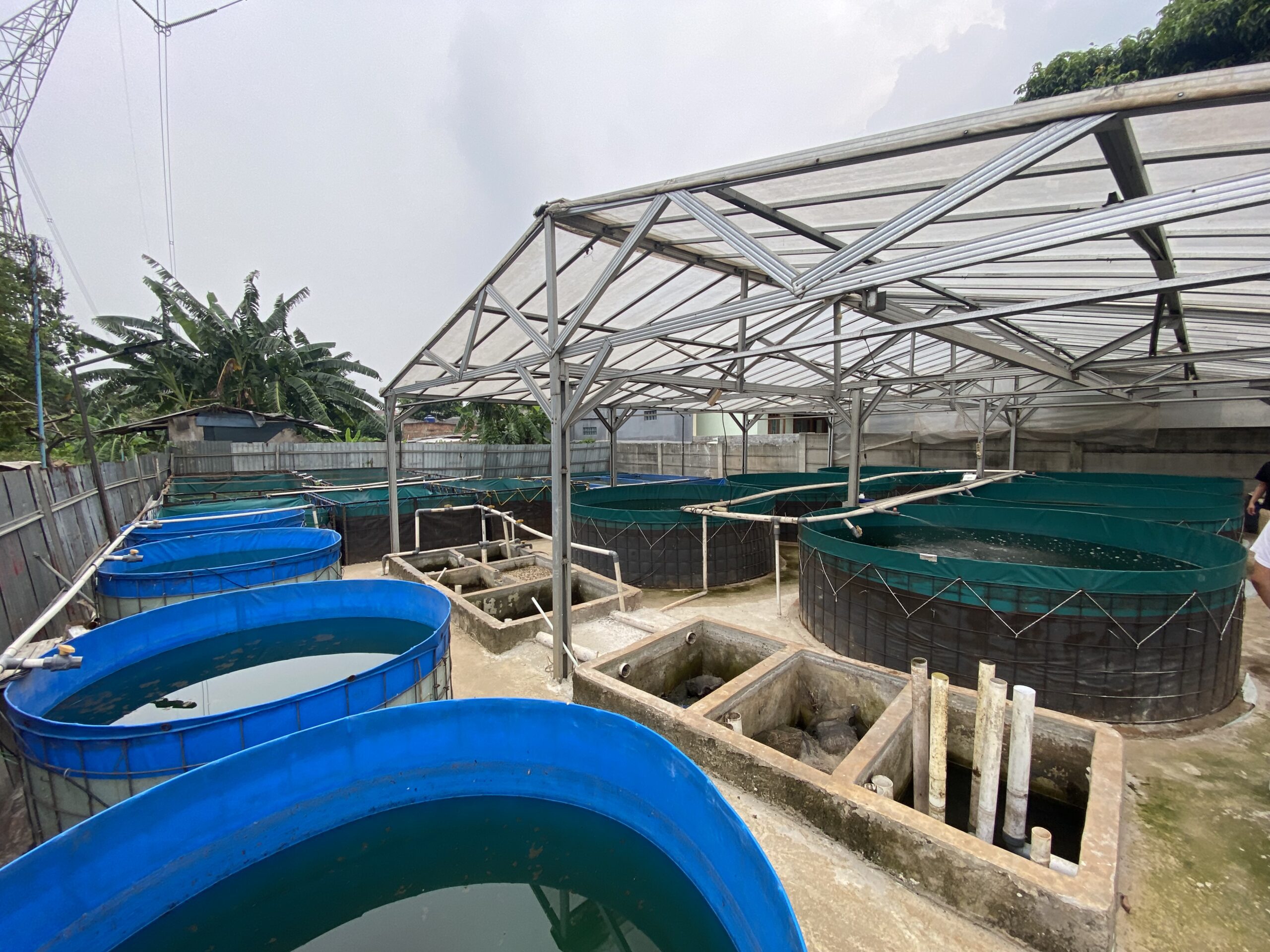Catfish farming is one of the most popular business opportunities in the aquaculture sector. Why? Because catfish are easy to raise, fast-growing, and always in high demand. However, many people still assume that catfish farming requires large land areas and high startup costs. In fact, with tarpaulin ponds, you can start farming efficiently—even right in your backyard.
What Is Tarpaulin Pond Catfish Farming?
Tarpaulin pond catfish farming is a method where catfish are raised in man-made ponds lined with waterproof tarpaulin. These ponds are typically built with bamboo, wood, or metal frames, and lined with durable plastic sheets. This technique is ideal for beginners or those with limited space.

Step-by-Step Guide to Catfish Farming in Tarpaulin Ponds
1. Preparing the Tarpaulin Pond
Start by selecting a high-quality, leak-resistant tarpaulin that’s easy to clean. A commonly used size for beginners is 2×3 meters with a 1-meter depth.
Fill the pond with clean water up to 80–100 cm and let it sit for 5–7 days to allow chlorine and other chemicals to dissipate. You can also add probiotics or EM4 for fish to stabilize the pond ecosystem.
2. Selecting High-Quality Catfish Fingerlings
Choose fingerlings that are healthy, actively swimming, and uniform in size. Healthy fingerlings grow faster and are less prone to disease. For a 2×3 meter pond, you can stock around 600–800 fish.
3. Feeding the Fish
Feed your catfish with pellets containing 30–35% protein, 3–4 times a day (morning, noon, afternoon, and evening). Avoid overfeeding, as leftover feed can pollute the water.
You can also supplement with alternative feeds such as maggots (BSF larvae), snails, or fermented kitchen waste.
4. Water Management
Water quality is key in catfish farming. Replace 30% of the pond water every 7–10 days. The ideal water should be bright green, not cloudy or foul-smelling. You can also use an aerator or circulation pump to maintain oxygen levels.
5. Preventing Disease
Disease can stem from dirty feed, poor water quality, or unhealthy fingerlings. Keep the pond clean and avoid overfeeding. Natural remedies like papaya leaves, turmeric, or Phyllanthus herbs can be used to boost fish immunity.
6. Harvest Time
Catfish are ready to harvest in 2.5–3 months, once they reach an average weight of 200–300 grams per fish. Harvesting is done by draining the pond and using nets to collect the fish.
Profit Potential of Tarpaulin Pond Catfish Farming
With a relatively small investment, catfish farming in tarpaulin ponds can yield profits of millions of rupiah per cycle. The key is good management—from seed selection and feeding to water control.
For example, a 2×3 meter pond can produce around 100–120 kg of catfish per harvest. At a selling price of Rp25,000/kg, potential gross income can reach Rp2,500,000–Rp3,000,000, depending on market conditions.

Maximize Your Farming Potential with the Ternakin App
Tarpaulin pond catfish farming offers a modern solution for anyone looking to start a low-risk, affordable aquaculture business. To boost your results, take advantage of digital tools.
Ternakin is a fish farm management app designed specifically for aquaculture. With Ternakin, you can:
- Record farming cycles
- Monitor fish growth
- Schedule feedings
- Track harvest data
—all from your smartphone, in one easy-to-use app.
Ready to Start?
Begin on a small scale, manage it well, and use technology like Ternakin to maximize your farming potential.

